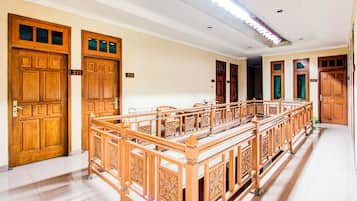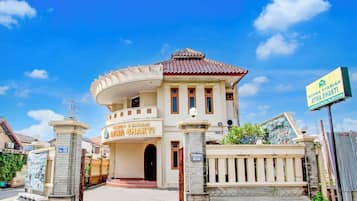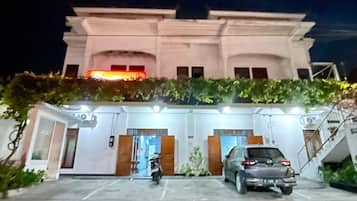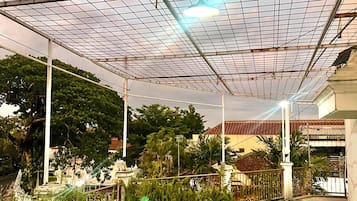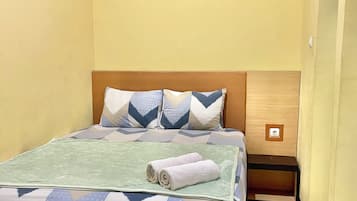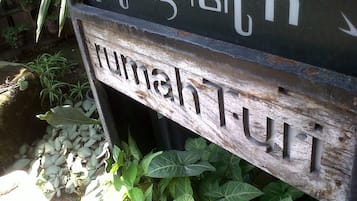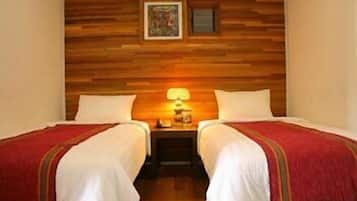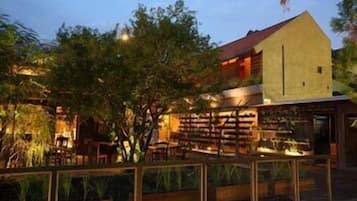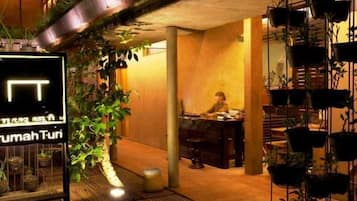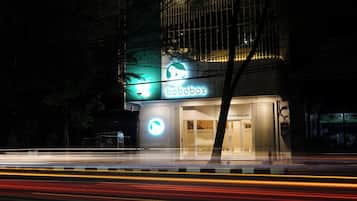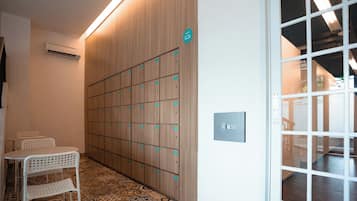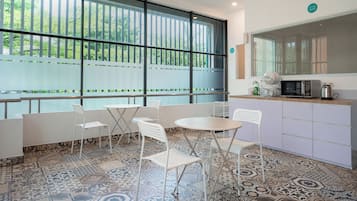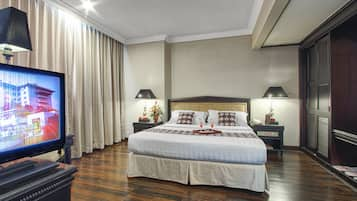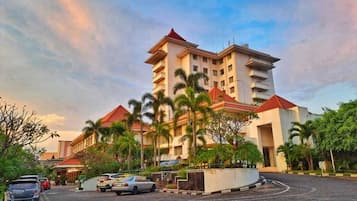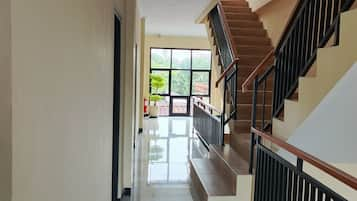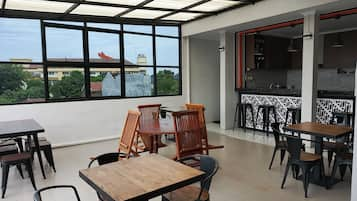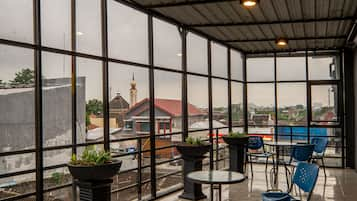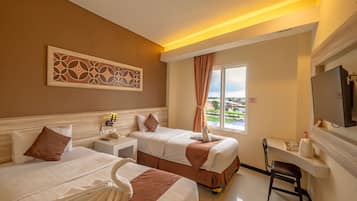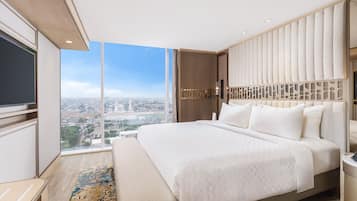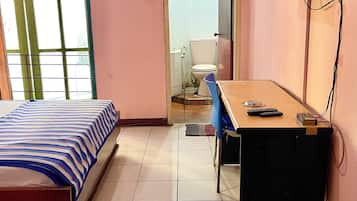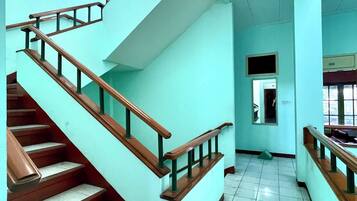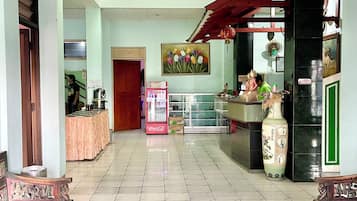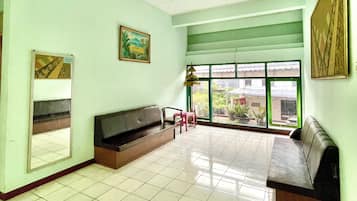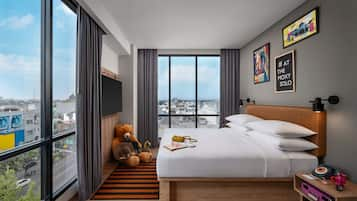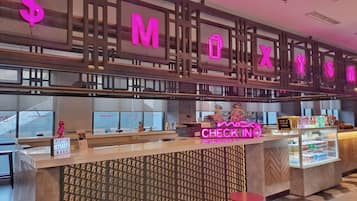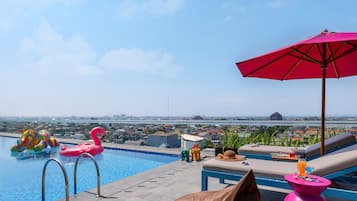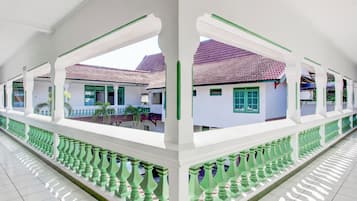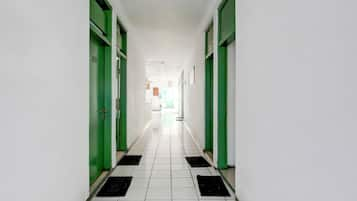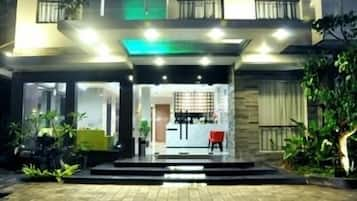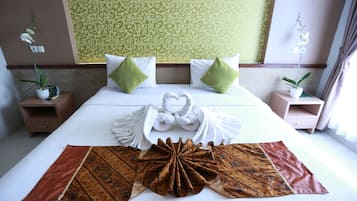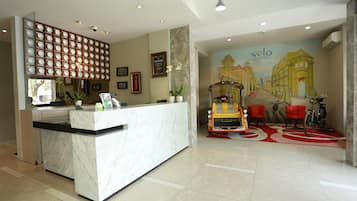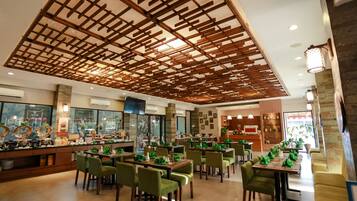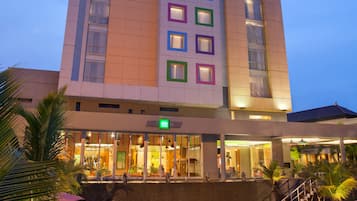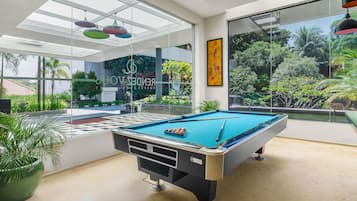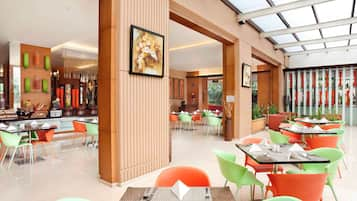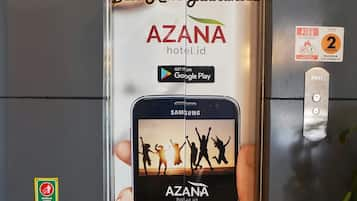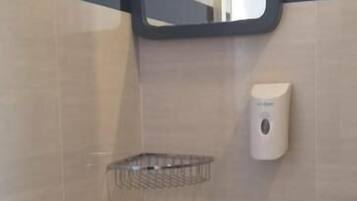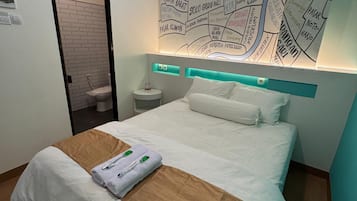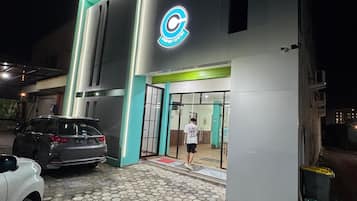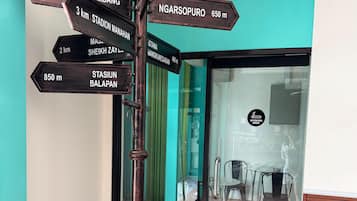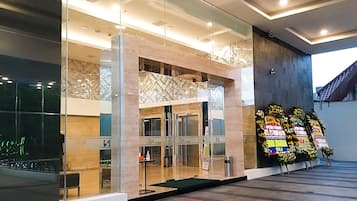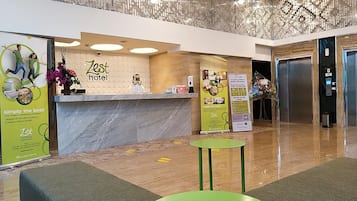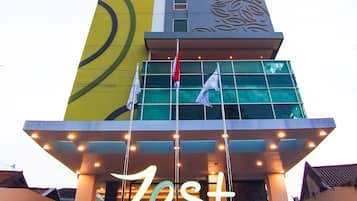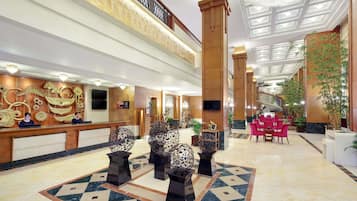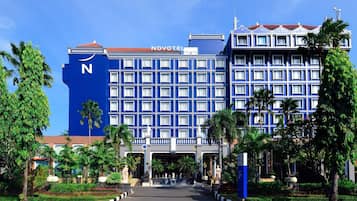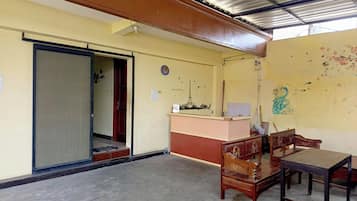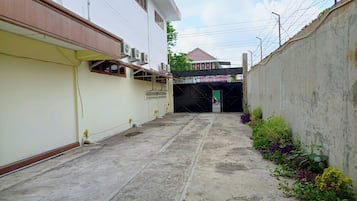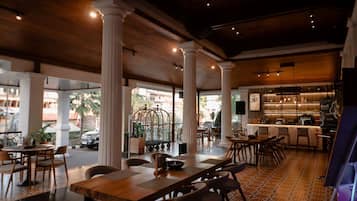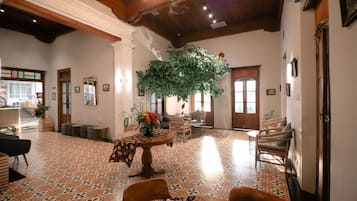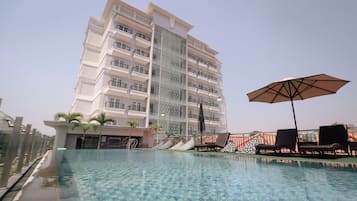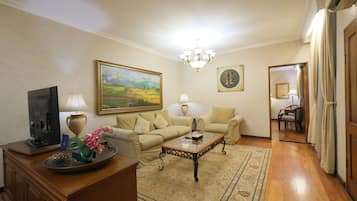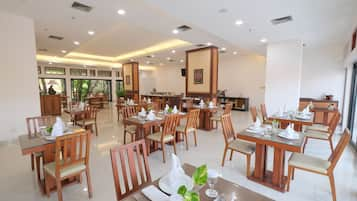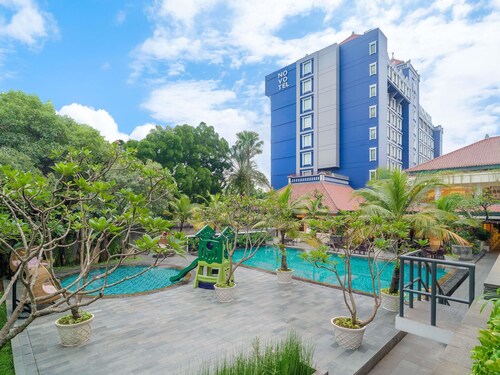사진 제공: Sharrie Shaw
반자르사리 근처 호텔 추천
- 계획이 변경되어도 안심무료 취소가 가능한 호텔 예약
- 마음에 딱 맞는 옵션약 100만 개의 전 세계 숙박 시설 검색 가능
반자르사리의 이색적인 숙소를 찾아보세요!
가족 여행에 좋음
인기 많은 반자르사리 호텔

현재 요금 ₩10,224
총 요금: ₩12,371
세금 및 수수료 포함
1월 5일 ~ 2026년 1월 6일
현재 요금 ₩21,225
총 요금: ₩25,681
세금 및 수수료 포함
12월 14일 ~ 12월 15일
현재 요금 ₩15,031
총 요금: ₩18,187
세금 및 수수료 포함
12월 14일 ~ 12월 15일
표시된 요금은 지난 24시간 이내 성인 2명 1박 기준 최저가입니다. 요금과 예약 가능 여부는 변경될 수 있으며, 추가 약관이 적용될 수 있습니다.
반자르사리 의 추천 숙박 지역
가장 좋아하는 즐길거리를 함께할 수 있는 반자르사리의 인기 지역을 찾아보세요.
솔로 시티 센터
솔로 시티 센터에서는 박물관 및 동물원 등을 즐길 수 있습니다. 시간을 내어 솔로 파라곤 라이프스타일 몰 또는 케프라본 공원에도 들러보세요.
익스피디아와 떠나는 세계 여행
자주 묻는 질문(FAQ)
수라카르타 인근의 여행지
기타 관광 명소 근처 호텔
더 많은 예약 방법
익스피디아의 최신 트렌드
호텔
![At the museum no photos are allowed which is really unfortunate as it was well worth the visit and the guided tour is definitely not to be missed. In the museum there are even Batik made from the Dutch era which depicts stories like Little Red Riding Hood and Snow White!
I enjoyed the tour v much and at the end of the tour we were brought to this room where the artisan were working on hand drawn batik.
Below is an excerpt from Wikipedia for anyone interested in learning more about the process of batik making.
Firstly, a cloth is washed, soaked and beaten with a large mallet. Patterns are drawn with pencil and later redrawn using hot wax, usually made from a mixture of paraffin or bees wax, sometimes mixed with plant resins, which functions as a dye-resist. The wax can be applied with a variety of tools. A pen-like instrument called a canting (IPA: [tʃantiŋ], sometimes spelled with old Dutch orthography tjanting) is the most common. A canting is made from a small copper reservoir with a spout on a wooden handle. The reservoir holds the resist which flows through the spout, creating dots and lines as it moves. For larger patterns, a stiff brush may be used. Alternatively, a copper block stamp called a cap (IPA: [tʃap]; old spelling tjap) is used to cover large areas more efficiently.
After the cloth is dry, the resist is removed by scraping or boiling the cloth. The areas treated with resist keep their original color; when the resist is removed the contrast between the dyed and undyed areas forms the pattern. This process is repeated as many times as the number of colors desired.
The most traditional type of batik, called batik tulis (written batik), is drawn using only the canting. The cloth need to be drawn on both sides and dipped in a dye bath three to four times. The whole process may take up to a year; it yields considerably finer patterns than stamped batik.
Source: Wikipedia](https://images.trvl-media.com/place/6224808/26fd1460-c65a-4c1a-9444-7a893e883ac9.jpg?impolicy=fcrop&w=1200&h=500&q=medium)
